-
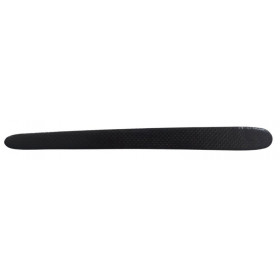 New productFrame protection carbon
New productFrame protection carbon- €1.55
-
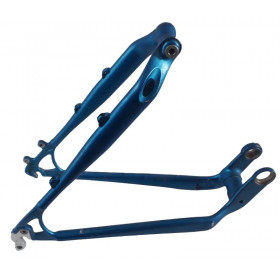 New product UsedMTB full floater Trek Fuel EX5 26 inches
New product UsedMTB full floater Trek Fuel EX5 26 inches- €129.99
-
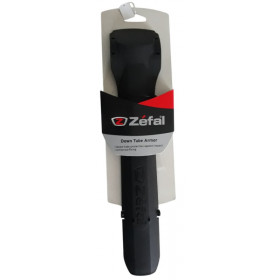 New product NewZefal mountain bike frame protector
New product NewZefal mountain bike frame protector- €9.99
-
 New productBike frame protection Lezyne chainstay protector
New productBike frame protection Lezyne chainstay protector- €6.99
-
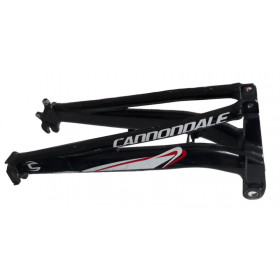 UsedCannondale Jekyll 26" MTB Rear Triangle
UsedCannondale Jekyll 26" MTB Rear Triangle- €129.99
-
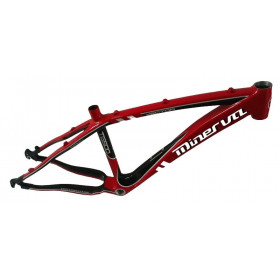 New productMTB XC carbon frame Minerva Vector TG500 size S
New productMTB XC carbon frame Minerva Vector TG500 size S- €249.99
-
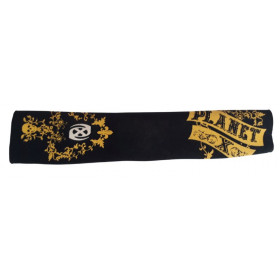 New productPlanet X mountain bike base protection
New productPlanet X mountain bike base protection- €4.49
-
 New productGiant NRS 26 inch swingarm
New productGiant NRS 26 inch swingarm- €69.99
-
 UsedLapierre frame protector
UsedLapierre frame protector- €6.99
-
 UsedScott Spark comp 29 frame size XL
UsedScott Spark comp 29 frame size XL- €149.99
-
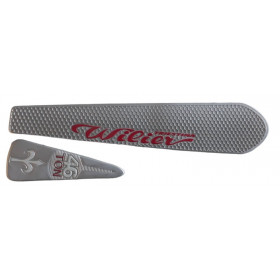 New productWilier frame protectors
New productWilier frame protectors- €4.99
-
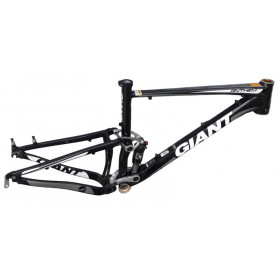 New productGiant Anthem X freeride MTB frame size M
New productGiant Anthem X freeride MTB frame size M- €699.99
-
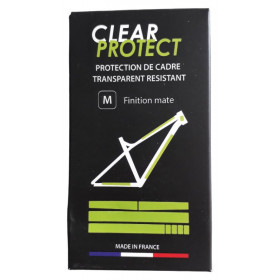 New product -25%Road MTB frame protection
New product -25%Road MTB frame protection- €19.49
- €25.99
-
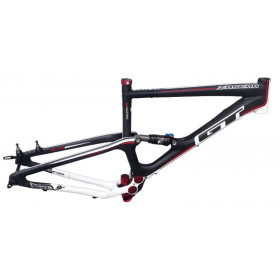 New productCarbon freeride MTB frame GT Zaskar Elite 100 size L
New productCarbon freeride MTB frame GT Zaskar Elite 100 size L- €1,149.99
-
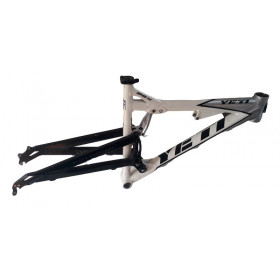 UsedYeti ASX frame size M
UsedYeti ASX frame size M- €129.99
-
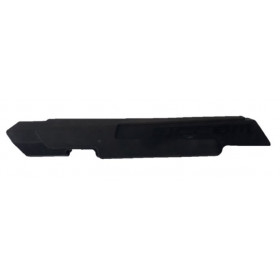 UsedOrbea Occam 29 chain protector
UsedOrbea Occam 29 chain protector- €8.99
-
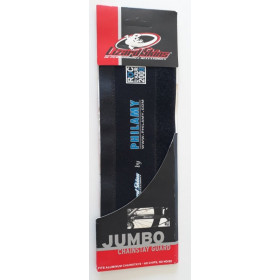 New product -50%Lizard skins Jumbo chainstay guard
New product -50%Lizard skins Jumbo chainstay guard- €5.00
- €9.99
-
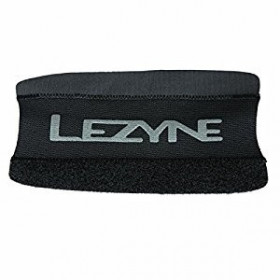 New productLezyne chainstay protector size S
New productLezyne chainstay protector size S- €6.99
-
 More detailsUsed Out-of-StockLapierre XR 29 inch mountain bike rear triangle
More detailsUsed Out-of-StockLapierre XR 29 inch mountain bike rear triangle- €199.99
Showing 1-19 of 19 item(s)
The MTB frame of a Cross Country (XC) mountain bike plays a crucial role in the overall performance of the bike on varied and often demanding courses, it's a part of the MTB frameset. Here is a description of the important features and functions of a Cross Country MTB frame:
1. Material:
Cross Country mountain bike frames are typically made from aluminum, carbon, or a combination of both. The choice of material affects the weight, stiffness and cost of the bike. Carbon is often favored for its lightness and rigidity.
2. Geometry:
The MTB frame geometry is designed to provide an efficient riding position for Cross Country. It can include a relatively long top tube for a more stretched and aerodynamic position, favoring power transfer when pedaling.
3. Head Tube Angle:
The angle of the head tube influences the handling of the bike. Cross Country mountain bikes generally have a steeper angle for responsive steering, which is especially important on technical climbs.
4. Wheelbase:
A relatively short wheelbase can improve the MTB's maneuverability, which is advantageous in situations where quick changes of direction are essential.
5. Travel:
Cross Country MTB frames generally have less travel compared to other disciplines, such as Enduro. This helps maintain pedaling efficiency while providing sufficient suspension for varied terrain.
6. Bottle Cage Mounts:
Cross Country mountain bikes are often equipped with bottle cage mounts, as endurance is an important component of this discipline and riders often need to bring drinks with them.
7. Mudguard and Luggage Rack Mounts:
Some frames may include fender and rack mounts for riders who want to use their Cross Country mountain bike for daily commutes or longer adventures.
8. Compatibility with Tires:
MTB frame is typically designed to accommodate tires of moderate width, providing a good compromise between low rolling resistance and grip in a variety of conditions.
9. Aerodynamic Design:
Some frames are designed with aero tubes to improve the bike's aerodynamics, which can be beneficial when traveling at high speeds.
10. Internal Wiring:
Many Cross Country mountain bike frames feature internal cable routing for a clean aesthetic and increased cable protection from dirt and debris.
In summary, the MTB frame is specifically designed to provide a combination of pedaling efficiency, lightness and maneuverability over varied terrain. Specific features may vary between models, but the main goal is to optimize performance for races and Cross Country rides.
